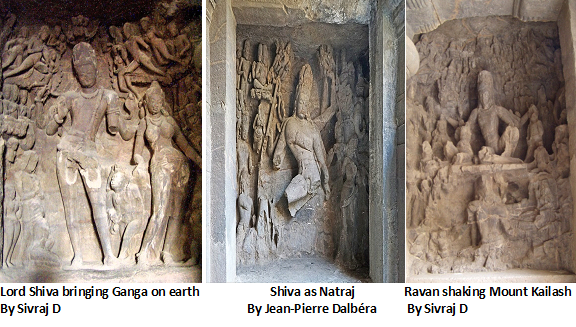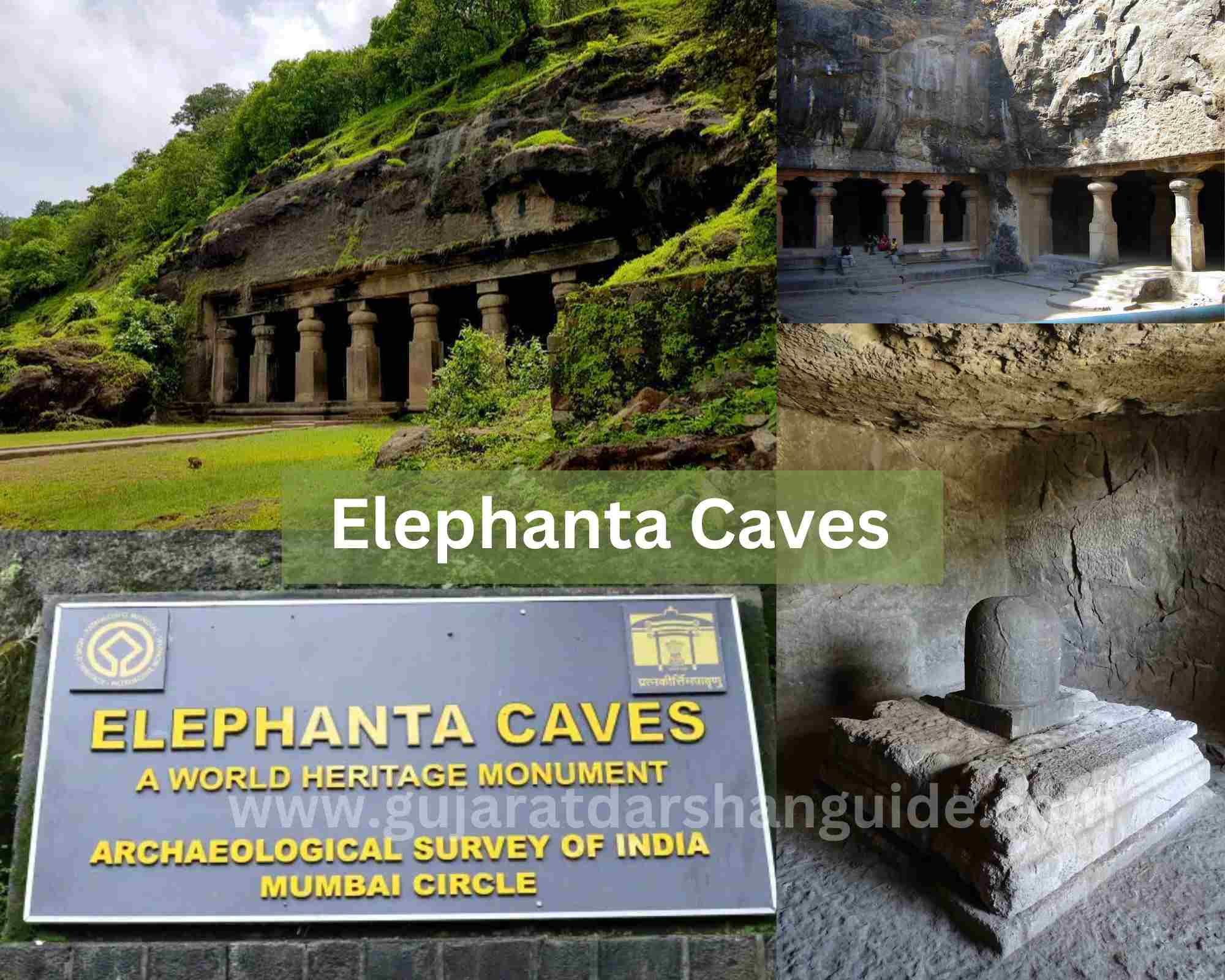Elephanta Caves: A Journey into India’s Rock-Cut Marvel
The Elephanta Caves are a UNESCO World Heritage Site located on Elephanta Island, about 11 kilometers from the city of Mumbai, Maharashtra, India. This historical site is famous for its rock-cut temples and sculptures that reflect the artistic brilliance of ancient India. Nestled in the scenic Mumbai Harbour, the Elephanta Caves attract tourists, historians, and spiritual seekers from all over the world. They represent a perfect blend of religious significance, architectural excellence, and cultural heritage.
The island on which these caves are located was originally known as Gharapuri, meaning “the city of caves.” It was the Portuguese who named it Elephanta in the 16th century after they discovered a massive stone elephant statue near the island’s entrance. Although the statue has since been moved to the Victoria Gardens (now Jijamata Udyan) in Mumbai, the name Elephanta has remained ever since.

The Elephanta Caves consist of two groups of caves: Hindu caves and Buddhist caves
There are seven caves in total — five Hindu caves and two Buddhist caves — all carved between the 5th and 8th centuries. These caves are a testimony to India’s rich mythological and cultural past. The most important among them is Cave 1, a large Hindu cave dedicated to Lord Shiva. It is also known as the Great Cave.
Cave 1 is the highlight of the Elephanta Caves and showcases a grand hall supported by large stone columns. At the center of the cave is a shrine containing a Shiva Linga, which is still worshipped by devotees. However, the most iconic sculpture in the cave is the Trimurti Sadashiva, a 20-foot-tall depiction of a three-headed Shiva, symbolizing the creator (Brahma), preserver (Vishnu), and destroyer (Shiva). This sculpture is widely regarded as a masterpiece of Indian art and spirituality, portraying the different facets of Lord Shiva in a single frame.
Apart from the Trimurti, the cave features several other impressive panels and carvings, including:
- Ardhanarishvara: A composite form of Shiva and Parvati, representing the unity of male and female energies.
- Gangadhara: Depicting Lord Shiva allowing the sacred river Ganga to flow through his hair.
- Ravana shaking Mount Kailasa: A dynamic and dramatic representation of the demon king Ravana trying to uproot Shiva’s mountain abode.
- Shiva as Nataraja: The cosmic dancer, illustrating the rhythm and balance of the universe.
The other Hindu caves are smaller and less elaborate but still significant for their carvings and layouts. These caves contain shrines, pillars, and fragments of artwork that suggest they were once used for religious gatherings and rituals.
The two Buddhist caves are simpler in design and mostly consist of rock-cut rooms used by monks for meditation. These caves reflect the religious tolerance and coexistence of multiple faiths in ancient India.
The construction of these caves must have been a herculean task. Carved directly into solid basalt rock, the Elephanta Caves showcase the skill, patience, and dedication of their creators. It is believed that the caves were sculpted using simple tools like chisels and hammers, with no machinery or modern equipment. The scale and detail of the work suggest the involvement of master craftsmen and architects, probably under royal patronage.
While the exact origin of the caves is still debated among historians, many believe that they were built during the rule of the Kalachuri dynasty, which governed parts of central and western India in the early medieval period. Later, the island came under the control of the Chalukyas and then the Rashtrakutas, both of whom contributed to temple building and art.
When the Portuguese colonized the area in the 16th century, they used the caves for target practice, resulting in some damage to the sculptures. Despite this, the caves have survived through the centuries and continue to inspire awe and admiration.
Today, the Elephanta Caves are managed by the Archaeological Survey of India (ASI) and receive thousands of visitors every year. Tourists reach the island via ferries that operate from the Gateway of India in Mumbai. The ferry ride itself is a pleasant experience, offering views of the Arabian Sea and the Mumbai skyline.
Once on the island, visitors can climb up a series of steps lined with local stalls selling souvenirs, snacks, and handicrafts. The peaceful environment of the island, combined with the ancient grandeur of the caves, offers a memorable and spiritually uplifting experience.
In 1987, the Elephanta Caves were declared a UNESCO World Heritage Site for their cultural and artistic value. They represent a remarkable chapter in Indian history and continue to be a source of pride and fascination.
In conclusion, the Elephanta Caves are not just stone carvings — they are sacred spaces that tell stories from mythology, echo the religious life of ancient India, and highlight the brilliance of early Indian rock-cut architecture. They stand as silent yet powerful reminders of the country’s spiritual depth, artistic genius, and historical richness.

